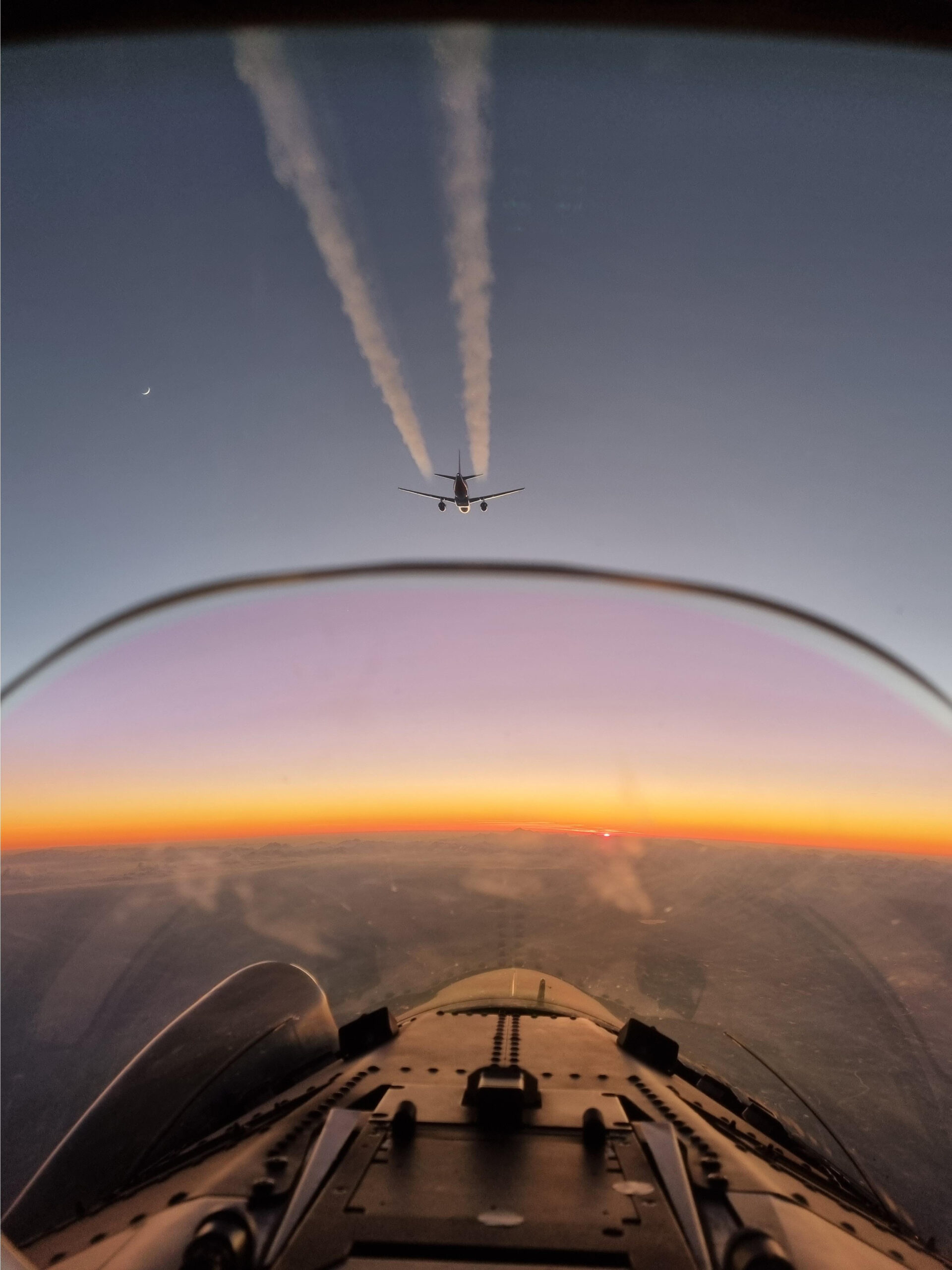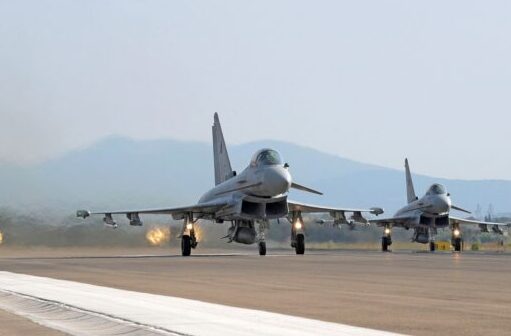Who controls the Italian airspace? Who intervenes where the measures provided for by international air traffic regulations have been violated? Not everyone knows that the sky above our heads is controlled for all 24 hours and 365 days a year by the Air Force. There is not even a second a day in which the radars on the ground and in flight do not communicate with each other to discover a possible threat. For example, two interceptor fighters last night Euro Fighter of the 4th Wing of Grosseto intervened for identify a A319 airliner took off from Palermo and headed for Milan that he had lost radio contact with the national civil air traffic bodies during the route.
Soon after 21pm the immediate take-off order was triggered - in technical jargon "Scramble"- by the CAOC (Combined Air Operation Center) of Torrejon in Spain, the NATO body responsible for the area, in coordination with the Aero-space Operations Command (AOC) of Poggio Renatico, in the province of Ferrara, and the bodies of the Armed Force responsible for the surveillance of national and NATO airspace.
Once the aircraft was reached, thanks to the coordinates and information provided by the "fighter guide" staff on the ground, the planned procedure of "visual identification" (VID)to ensure that there were no emergency conditions or security threats. After making all the necessary checks with the air traffic control bodies and restored radio contacts, the two fighters are returned to Grosseto, resuming the ground readiness shift as part of the national airspace surveillance service.
There are four Stormi of the Air Force that with Eurofighter assets ensure the Air Defense service: the 4th Wing of Grosseto, the 36th Wing of Gioia del Colle, the 37th Wing of Trapani and the 51st Wing of Istrana. Furthermore, since March 2018, the F-35A aircraft of the 32 ° Stormo di Amendola have also been integrated into the national air defense system, which contribute, with specific operational capabilities and latest generation technology, to the defense of the Italian skies and which have been the first 5th generation airplanes to be used by NATO to patrol Alliance airspace in a NATO operation of Air Policing.

The complex defense system through which the Air Force ensures, without solution of continuity, the surveillance of the national airspace is integrated, even in peacetime, with that of the other countries belonging to NATO. The immediate take-off order is given by the CAOC (Combined Air Operation Center) of Torrejon (Spain), the NATO body responsible for the airspace surveillance service in the southern Mediterranean area, which integrates the surveillance and control capabilities of the 11th DAMI group of Poggio Renatico (FE) and 22nd Group Radar of Licola (NA). The two Groups are placed in the employ of the newly formed Aerospace Control Brigade as Service Provider and representative of the Armed Force, through the Aerospace Operations Command, in the areas of Integrated Missile Air Defense and Coordination and Control of Operational Air Traffic.
The newly formed National Air and Space Operations Center, within the AOC, it contributes to the organization of the air defense service and carries out constant supervision on the entire device. In the event of a non-military threat to Italian airspace (renegade), the NASOC resumes command of the interceptor aircraft entrusted to NATO for the subsequent counter action. This occurs when a civil aircraft in transit in the national airspace shows an anomalous behavior and, therefore, potentially dangerous for national security.
